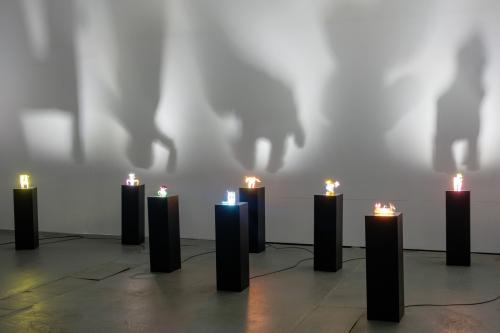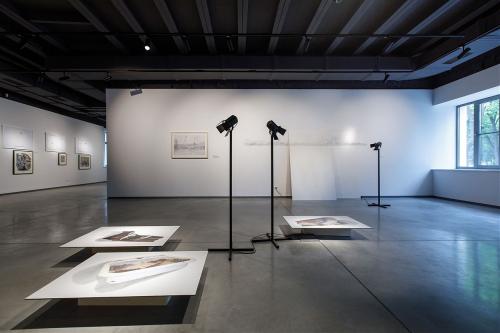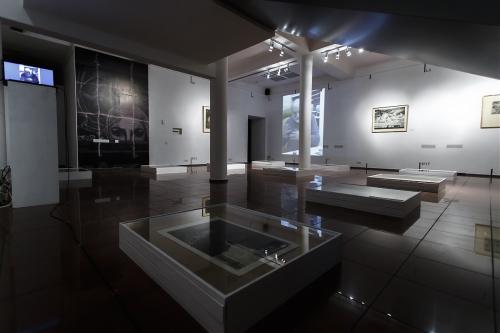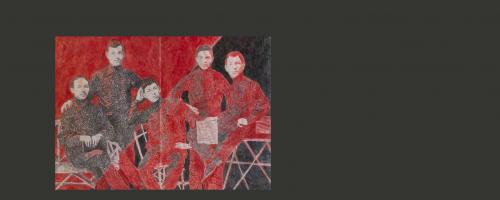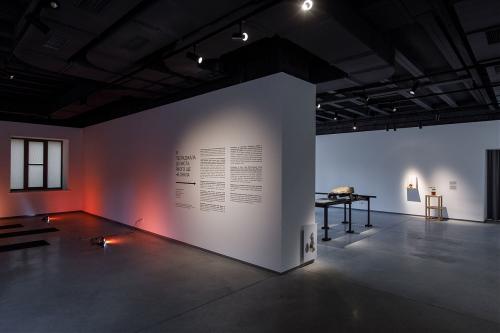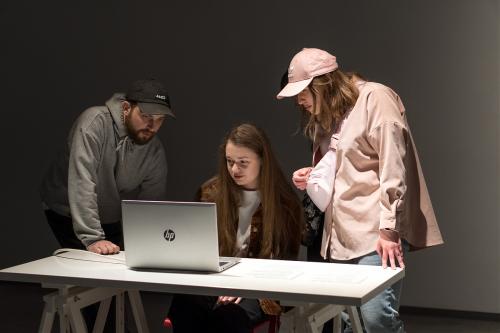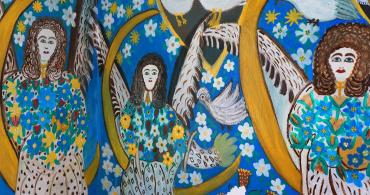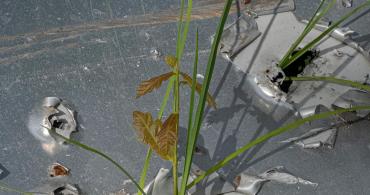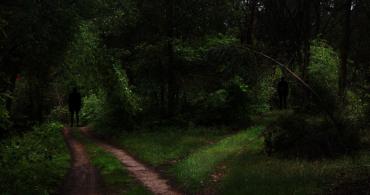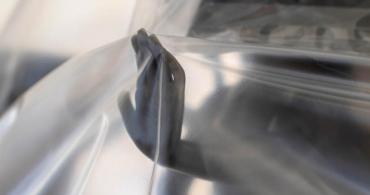The Space of Transformation: Artsvit Gallery 10th Anniversary
The longest quay in Europe, the shortest subway in the world, Olafur Eliasson's sun above the scaled backbone of industrial zones, and, of course, the Artsvit gallery are the first associations that come to mind when many of us think of the city of Dnipro. The city is a paradox, a city of transit. The city is home to one of the most successful galleries in Ukraine. On the tenth anniversary of Artsvit, we recall the landmark exhibitions and the most exciting projects that changed the artistic landscape in Dnipro and the whole country.
July 2013. The newly created Artsvit gallery opens in a historic building on Sichovykh Striltsiv Street. It has ambitious plans, collections, and a strong desire to integrate contemporary Ukrainian art into the city's context. And although the initial concept was to create a high-quality gallery in the classical sense of the word, almost immediately after the opening, it became clear that the local public needed a comprehensive educational, cultural, and social product. Therefore, the gallery's activities underwent their first transformations: it started working with the citizens through lecture programs, public discussions, and involving the audience of visitors in the educational process. This became the key concept of Artsvit, known to the entire professional community in Ukraine as one of the most open institutions with a continuous flow of events and work on local context research.
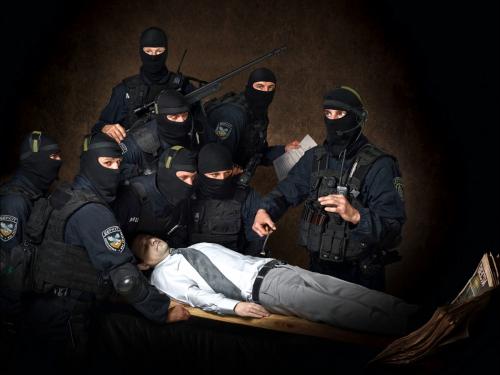
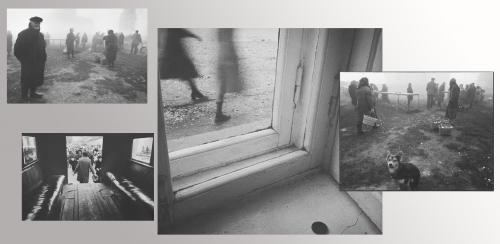

September 2021. As part of the curatorial residencies that had already taken place twice at Artsvit by that time, under the mentorship of Tetiana Kochubynska, a group of curators realized the exhibition I Was Approaching a City I Didn't Know. It was the second project to open at the new location after Artsvit moved to the DCCC building. The exhibition and the residency logically continued the theme of rethinking the city's public space. The curators created this project as a reboot of the relationship between the city and its residents through the practice of caring. As part of the exhibition, workshops and open public programs took place inside and outside the gallery, focused on overcoming the automaticity of perception of the city and the surrounding space.
